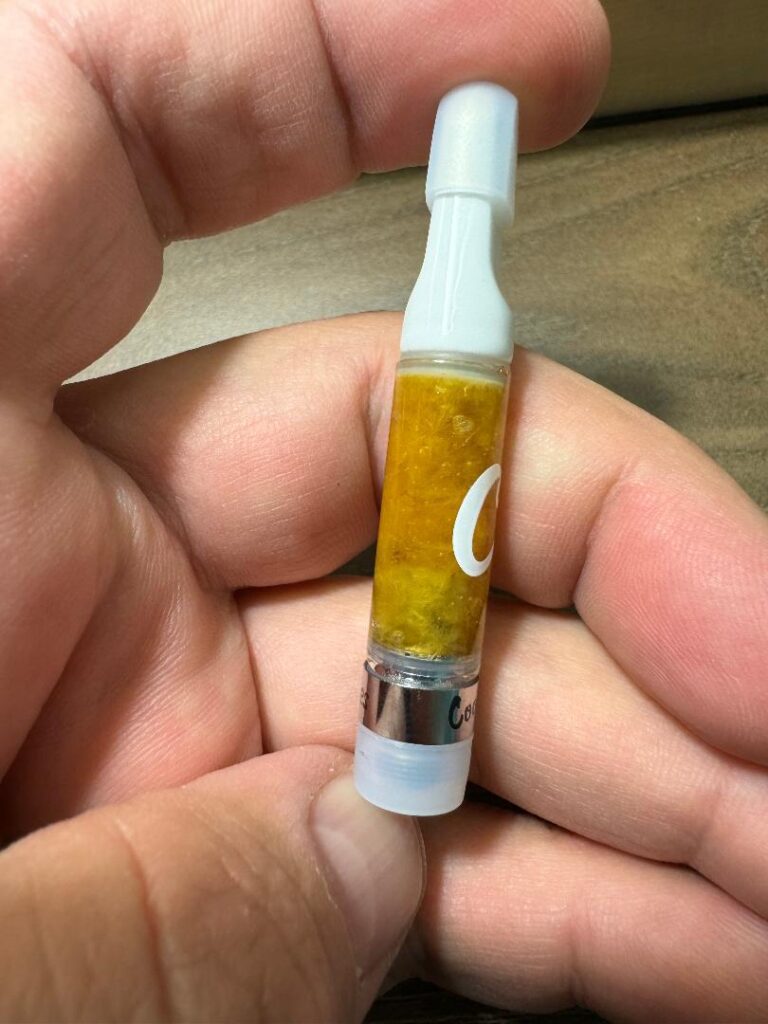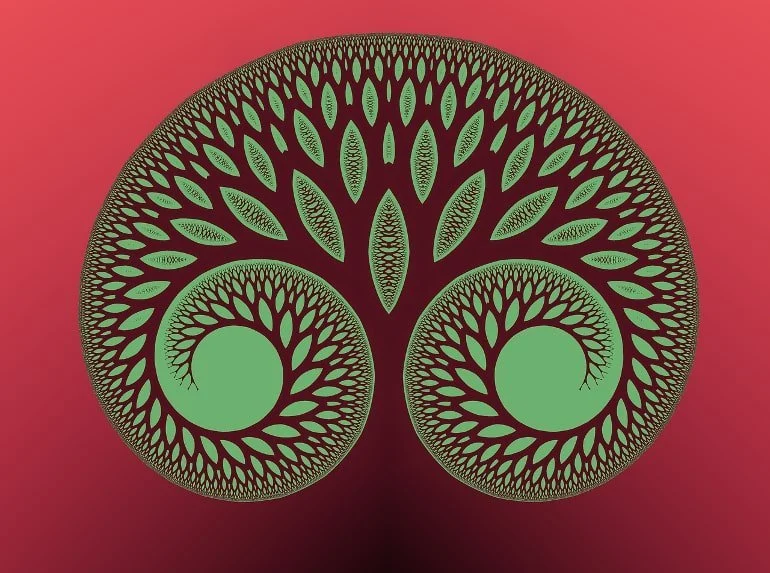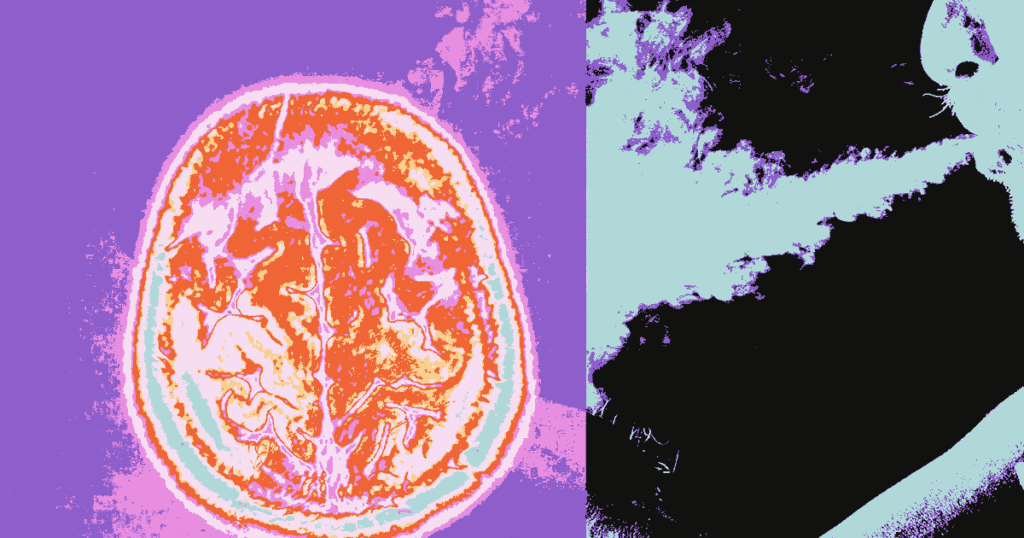
In a study , detailed brain imaging data from 20 healthy volunteers revealed how the potent psychedelic compound DMT (dimethyltryptamine), alters brain function.
During the immersive DMT experience, there was increased connectivity across the brain, with more communication between different areas and systems. The changes to brain activity were most prominent in areas linked with “higher level” functions, such as imagination.
DMT is a potent psychedelic found naturally in certain plants and animals. It occurs in trace amounts in the human body and is the major psychoactive compound in ayahuasca—the psychedelic brew prepared from vines and leaves and used in ceremonies in south and central America.

The study is the first to track brain activity before, during and after the DMT experience in such detail.
“One increasingly popular view is that much of brain function is concerned with modeling or predicting its environment. Humans have unusually big brains and model an unusually large amount of the world. For example, like with optical illusions, when we’re looking at something, some of what we’re actually seeing is our brainfilling in the blanks based on what we already know.
“What we have seen with DMT is that activity in highly evolved areas and systems of the brain that encode especially high-level models becomes highly dysregulated under the substance , and this relates to the intense ‘trip.’”
Unlike other classic psychedelics, such as LSD or psilocybin, DMT’s effects on the brain are relatively brief, lasting a matter of minutes, rather than hours.
DMT produce intense and immersive altered states of consciousness, with the experience characterized by vivid and bizarre visions, a sense of “visiting” alternative realities or dimensions, and similarities with near death experiences. But exactly how the compound alters brain function to account for such effects has been unclear.
In the latest study, 20 healthy volunteers were given an injection of the substance while researchers from Imperial’s Center for Psychedelic Research captured detailed imagery of their brains, enabling the team to study how activity changes before, during and after the trip.
Volunteers received a high dose of DMT (20mg, given intravenously), while simultaneously undergoing two types of brain imaging: functional magnetic resonance imaging (fMRI) and electroencephalography (EEG). The total psychedelic experience lasted about 20 minutes, and at regular intervals, volunteers provided a rating of the subjective intensity of their experience (on a 1 to 10 scale).

The fMRI scans found changes to activity within and between brain regions in volunteers under the influence of DMT. Effects included increased connectivity across the brain, with more communication between different areas and systems.
These phenomena, termed “network disintegration and desegregation” and increased “global functional connectivity,” align with previous studies with other psychedelics. The changes to activity were most prominent in brain areas linked with “higher level,” human-specific functions, such as imagination.






